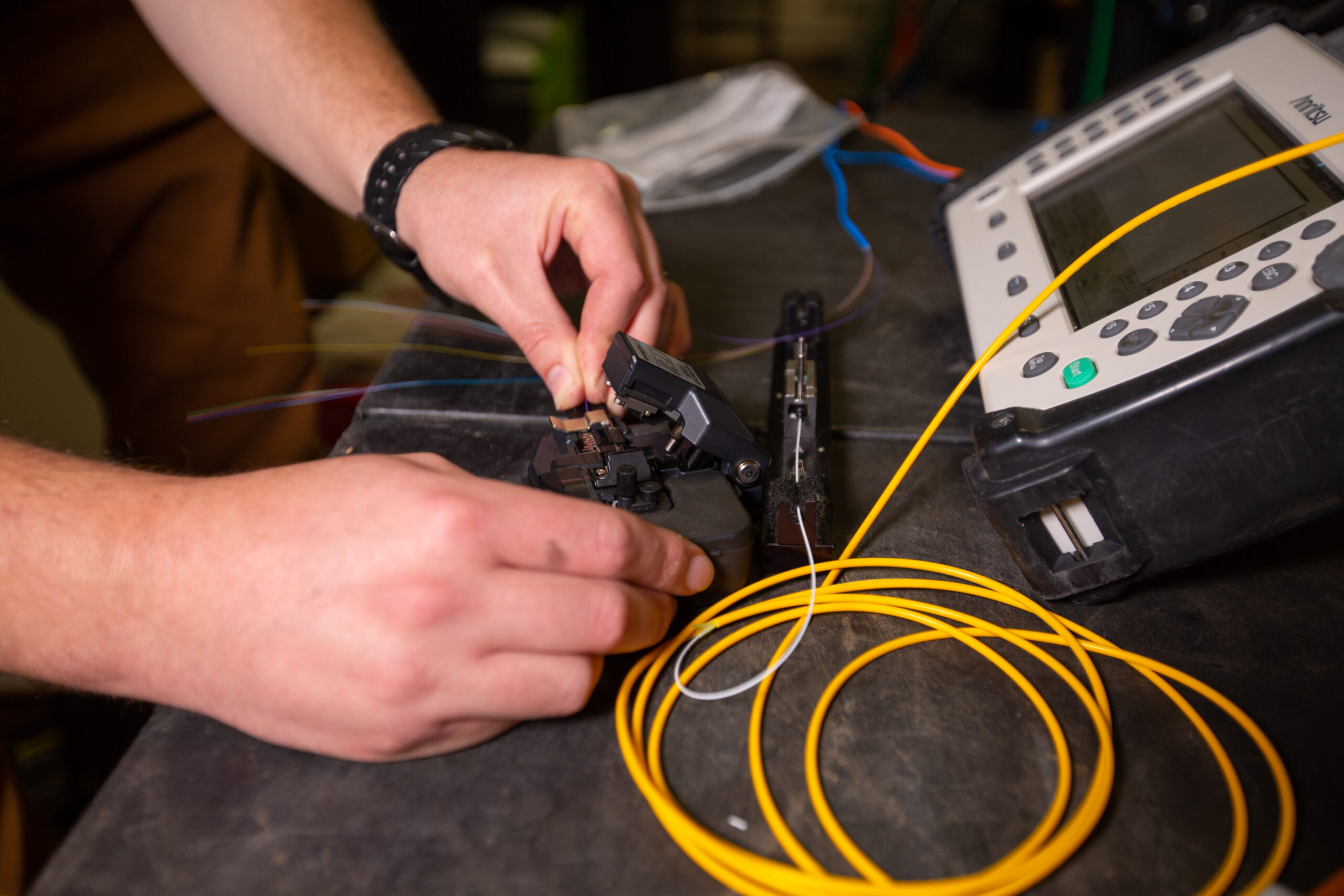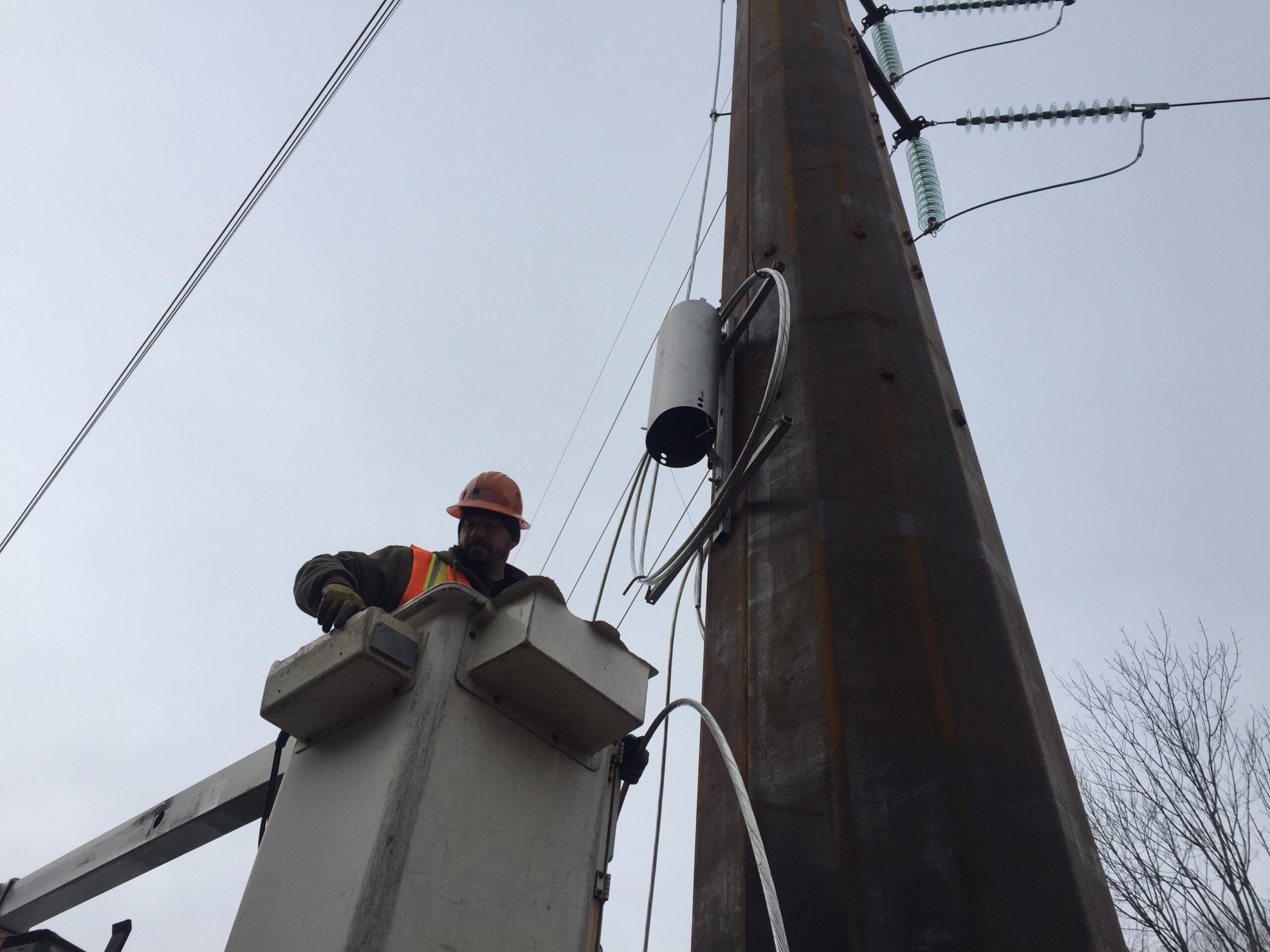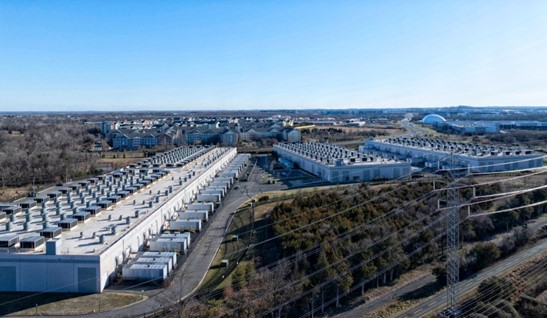When installing or upgrading a fiber optic network, testing is one of the most critical steps. Choosing the wrong testing approach can cost your project thousands of dollars and add months of delay. Yet many network teams struggle with qualification, acceptance, and certification testing, three very different methods that serve unique purposes in the fiber lifecycle. Understanding these differences helps avoid expensive mistakes, protects warranties, and ensures your network meets both performance and compliance requirements.
Take this scenario for example: A healthcare provider spends $2.3 million on a new fiber backbone connecting five facilities. The contractor claims "comprehensive testing" was completed. Six months later, critical systems fail. Patient records become unavailable, surgeries get delayed, and IT scrambles to troubleshoot phantom issues.
The problem? The contractor only performed qualification testing when the project required full certification to meet healthcare compliance rules. The result? A nightmare. It required network reinstallation, legal battles, and lasting damage to the organization’s reputation. Avoiding such situations is why it’s critical to understand each testing type and apply it correctly.
Fiber Qualification Testing: The Quick Assessment
Fiber qualification testing answers one simple question: “Will this fiber link work for my intended application?” Think of qualification testing like a quick check before a short trip. It’s similar to making sure your car starts, has enough fuel, and the lights work, but without inspecting the tires, brakes, or engine before a cross-country journey.
The primary purpose of qualification testing is to verify that the fiber can support the intended application under normal conditions, focusing on basic performance metrics such as continuity and simple loss measurements. Documentation is minimal, typically limited to a short report or field notes, and the results do not carry compliance or warranty significance.
While qualification testing is fast and cost-effective, it does not provide the depth of information needed for high-speed or mission-critical networks, making it suitable for short-term validation rather than long-term assurance.
When to Use Qualification Testing
Qualification testing is best suited for scenarios where a quick assessment of fiber performance is sufficient. It is particularly useful when checking older fiber before upgrading to faster speeds, setting up temporary networks for events or short-term projects, or troubleshooting quick go/no-go situations. It can also serve budget-limited projects where warranty protection isn’t required, or for internal networks that fall outside manufacturer coverage. The primary advantage of qualification testing is its speed and low cost—a test can often be completed in just a few minutes using simple tools like power meters and basic OTDR functions. However, the trade-off is that it provides no warranty protection and does not meet the rigorous requirements expected for enterprise or carrier-grade networks, limiting its applicability for high-stakes or long-term deployments.
Fiber Acceptance Testing: The Project Milestone
Acceptance testing ensures that installed fiber meets the exact requirements specified in the project design and contract. Its primary purpose is to verify that project deliverables align with agreed-upon parameters, focusing on project-specific performance metrics rather than general industry standards.
Documentation is detailed, providing a thorough record of test results and compliance with contractual obligations, though it does not serve as validation for manufacturer warranties. Acceptance testing serves as a middle ground between basic qualification and full standards-based certification, making it particularly valuable for large-scale projects where performance requirements exceed typical industry norms.
By confirming that the installation fulfills all contractual commitments, this testing provides confidence to both the contractor and the client before the network is commissioned.
The Three Phases of Acceptance Testing
Phase 1 Pre-Installation Testing
- Checks cable quality before it’s installed
- Identifies defects or shipping damage
- Establishes baseline performance
Phase 2 Installation Testing
- Tests each cable segment after installation
- Confirms proper fiber splicing and connector quality
- Verifies bend radius and installation practices
Phase 3 Post-Installation Testing
- End-to-end verification of the whole system
- Confirms the network path works as designed
- Provides final documentation for handoff
When to Use Acceptance Testing
Acceptance testing is ideal for situations where networks have custom designs or unique performance requirements. It is particularly valuable for large deployments that require milestone documentation, government or enterprise projects with strict deliverables, or installations in harsh environments such as industrial plants or outdoor campuses. The detailed records generated during acceptance testing not only confirm that contractual requirements have been met but also serve as a reference for future network upgrades, troubleshooting, and resolving any disputes over project performance. By providing both verification and documentation, acceptance testing bridges the gap between basic qualification and full standards-based certification, ensuring that complex or high-stakes projects are properly validated.
Fiber Certification Testing: The Gold Standard
Fiber certification testing represents the gold standard in network validation. It is the most rigorous level of testing, designed to ensure that a fiber network fully complies with recognized industry standards such as TIA-568 or ISO/IEC 11801.
The primary purpose of certification is to provide verifiable proof of standards compliance, covering all required performance parameters with precision. Documentation is comprehensive and fully standards-compliant, creating a permanent record that supports both warranty claims and legal accountability.
By achieving certification, network owners gain the highest level of assurance, including manufacturer warranty protection and confidence that the infrastructure will reliably support current and future high-speed applications.
The Two Tiers of Fiber Certification
Tier 1 (Basic Certification)
- Uses OLTS (Optical Loss Test Set)
- Measures insertion loss, length, and polarity
- Provides pass/fail results against standard limits
Tier 2 (Extended Certification)
- Adds OTDR analysis
- Locates and characterizes faults
- Measures splice and connector losses
- Produces detailed documentation
When Certification is Required
Certification testing becomes essential whenever a fiber installation must meet the highest standards of performance, reliability, and compliance. It is particularly critical for new deployments that require manufacturer warranty coverage, ensuring that all network components meet strict specifications from the outset.
Data centers, mission-critical networks, and carrier-grade telecom infrastructures also require certification testing to guarantee uninterrupted operation under heavy traffic loads and tight latency requirements. Additionally, projects subject to legal, regulatory, or contractual standards rely on certification as a documented verification of compliance.
While the upfront cost of certification testing is higher than simpler qualification or acceptance tests, the long-term benefits far outweigh the initial investment. By providing full, standards-compliant documentation and verified performance results, certification minimizes the risk of costly downtime, troubleshooting delays, and rework. It ensures that the fiber network can reliably support current high-speed applications and provides a solid foundation for future upgrades or expansions. In short, certification testing not only validates performance but also protects the network owner’s investment, offering both peace of mind and operational assurance for years to come.
Making the Right Choice: A Decision Framework
Selecting the right fiber testing method requires careful consideration of several factors that go beyond cost or convenience. The first consideration is the purpose of the network: temporary or internal links with low-risk applications may only require qualification testing, while mission-critical, high-speed, or regulatory-compliant networks demand full certification. Next, consider the project scale and complexity. Large deployments, custom designs, or harsh environmental conditions often benefit from acceptance testing to ensure all contractual obligations and unique design parameters are met. Also take into account:
Project Requirements
- Budget: The cost progression of qualification, to acceptance and finally getting the Certification
- Timeline: Qualification is fastest, certification takes the most time
- Risk: High-risk or high-value networks demand certification
- Regulation: Some industries (like healthcare and telecom) mandate specific testing levels
Network Criticality
- Mission-Critical: Always require certification
- Business-Critical: Typically need acceptance or certification
- General-Purpose: Qualification may be acceptable
- Temporary setups: Qualification is usually enough
Long-Term Considerations
When planning fiber testing, it’s important to look beyond immediate deployment needs and consider the long-term benefits of each approach. Only full certification testing provides the protection of manufacturer warranties, ensuring that any component failures covered under contract can be addressed without additional cost.
Certification records also serve as a valuable reference for future network upgrades, allowing engineers to understand baseline performance and plan expansions or enhancements with confidence. Detailed test reports simplify troubleshooting by providing a clear history of the fiber link’s performance, making it easier to isolate and resolve issues quickly.
Additionally, standards-based certification meets most audit and compliance requirements, giving network owners peace of mind that their infrastructure adheres to recognized industry norms. By factoring in these long-term considerations, organizations can make smarter testing decisions that safeguard both performance and investment over the life of the network.
The Cost of Getting It Wrong
Failing to perform proper fiber testing can carry significant financial, operational, and reputational risks. Rework costs alone can reach three to five times the original installation expense, as faulty or untested fiber often requires labor-intensive repairs or replacement. Network downtime is another critical concern, with some studies estimating losses of more than $5,000 per minute for high-speed networks.
Beyond the immediate financial impact, inadequate testing can void warranties and create legal exposure, leading to disputes over liability between contractors, vendors, and network owners. Finally, failed projects can damage an organization’s reputation, making it more difficult to secure future contracts or client trust.
Investing a small amount in the appropriate testing methods can prevent these costly consequences, protecting both the network’s performance and the organization’s bottom line.
Best Practices for Implementation
Regardless of which fiber testing method is selected, adhering to best practices is essential for accurate results and long-term network reliability. Technicians should be fully familiar with testing procedures, the use of specialized tools, and quality checkpoints, ensuring that every step is performed consistently and correctly.
Following these practices not only improves the accuracy and reliability of test results but also safeguards the network against future issues, providing a solid foundation for high-speed, mission-critical operations.
Testing is no longer optional. It’s essential for performance, compliance, and reliability. Remember that qualification, acceptance, and certification testing aren't competing methods, but tools in your fiber deployment toolkit. The key lies in selecting which one fits your project.
Spending a bit more on proper certification today can save thousands in future troubleshooting, rework, and downtime costs. The question isn't whether you can afford to test properly. It's whether you can afford not to do it right the first time.
Celerity: Trusted Partner in the Mid-Atlantic For Network Qualification, Acceptance and Certification
At Celerity, based in Quakertown, PA, we specialize in providing basic qualification to full acceptance and standards-based certification across the Mid-Atlantic region. With deep technical expertise, local knowledge, and a strong safety culture, we help utilities, enterprises, and data centers ensure their networks meet performance requirements, comply with contracts and standards, and are ready for future upgrades. Whether you need a quick go/no-go check, or a detailed project acceptance, Celerity’s experts are ready to partner with you. Contact us today



